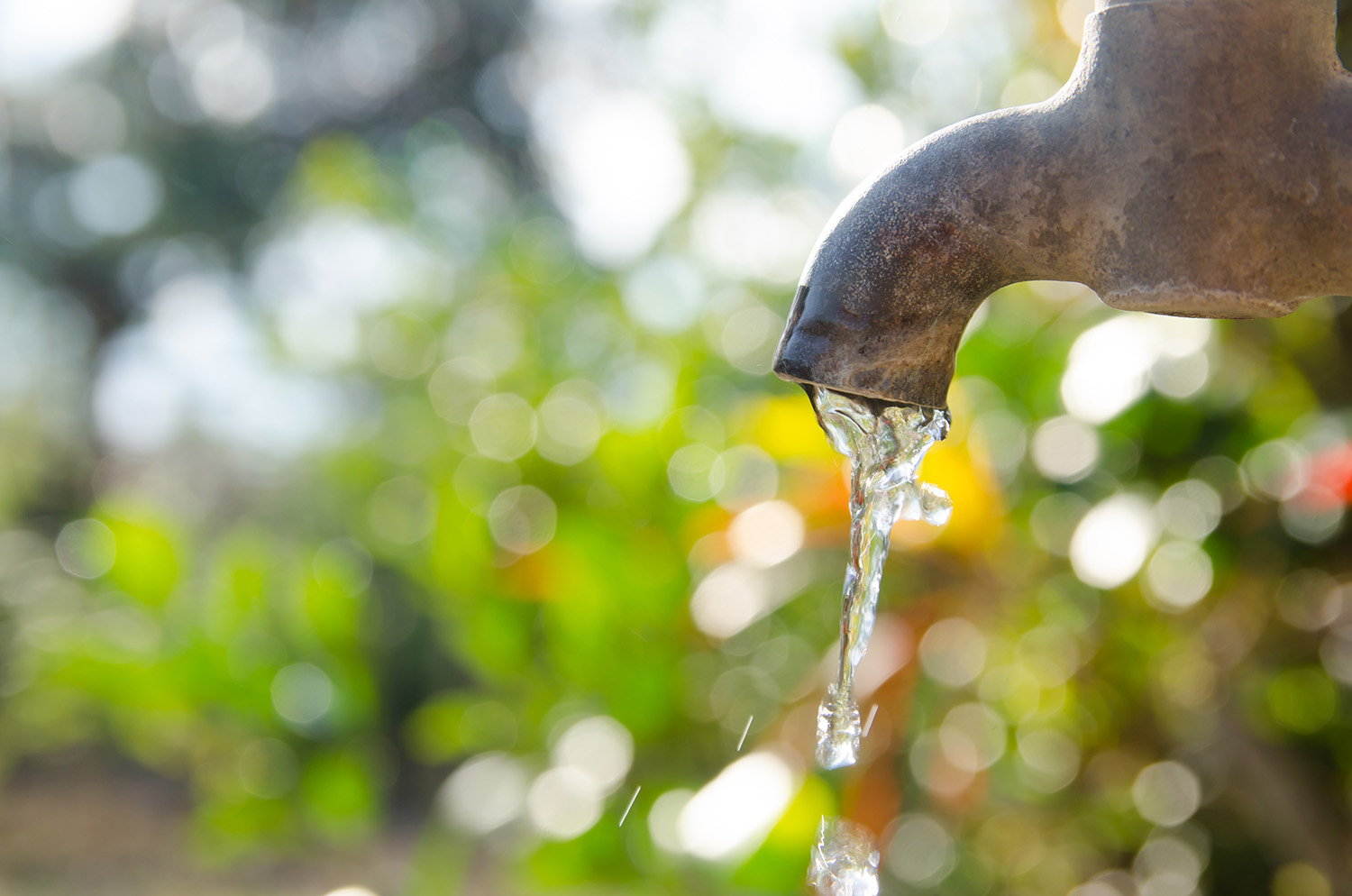Texas A&M AgriLife expands statewide water commitment
New coordination to expand statewide reach of water research and extension efforts for Texas A&M
Texas A&M AgriLife is creating a new opportunity to bring together water resource expertise across Texas. To better manage and protect Texas’ most precious natural resource, statewide resources will be brought together to benefit the entire population of Texas. The goal is to create a comprehensive and nimble expertise network capable of coming together to prepare for and respond to Texas’ water challenges.

A series of efforts are underway across The Texas A&M University System to improve the effectiveness of water programs across Texas, and increase our engagement with global agricultural and health programs.
“Our resources and efforts are stronger when we share expertise and work together,” said Patrick J. Stover, Ph.D., vice chancellor of Texas A&M AgriLife, dean of the College of Agriculture and Life Sciences, and director of Texas A&M AgriLife Research. “By creating a unified approach within a matrix management style of coordination, we can better understand and account for the many complexities of Texas water and account for the needs of all Texans and Texas industries. We can build a new level of trust for the future of Texas water.”
From rural to urban, private to industrial, agricultural to municipal, and geographical to political boundaries, the intersections of Texas surface and groundwater is varied and complex – requiring coordination for effectiveness.
“This new approach brings all the resources of the Texas A&M System to the table to share in communication, collaboration and community,” saidJohn Tracy, Ph.D., director of the Texas Water Resources Institute and interim head of the Texas A&M College of Agriculture and Life Sciences Department of Biological and Agricultural Engineering. “We can’t handle this locally; we need to handle this with a global mindset.”
AgriLife Research and Texas A&M AgriLife Extension Service efforts will be coordinated to advance scientific and social investigations, and to help bring the results of that research to the state. In addition to AgriLife’s approach, additional components of the Texas A&M land-grant system are joining efforts for a truly coordinated effort including West Texas A&M University, Tarleton State University, Texas A&M-Commerce, Texas A&M AgriLife Center at Stephenville, Texas A&M University School of Law and the Texas A&M Engineering Experiment Station.
Living laboratories for global solutions
This new approach will organize water program development and support based on regional priorities across Texas such as in the case of Texas Water Resource Institute, TWRI. In essence, each region would be viewed as a type of living laboratory, where the knowledge generated through the regional program would be used to address similar issues as they arise across Texas, the nation and the world. Thus, this reorganization would serve to support AgriLife’s efforts to improve the effectiveness of our water programs across Texas and increase our engagement with global agricultural and health programs.

Each of the TWRI regional programs will develop water research, extension and education programs that reflect the priority needs of the water use and management community within the region. These programs would then serve as a resource for addressing similar water program needs for all regions of Texas.
For each region, a list of the Texas A&M System institutions that could potentially be engaged in participating in the water programs has been developed and for several of the regions there would be a need to engage other academic organizations in the development of these programs. For example, in the Upper Rio Grande Valley and the Panhandle regions of Texas, these entities have already been identified as the University of Texas El Paso and New Mexico State University, and Texas Tech University, respectively.
A renewed commitment to urban water resources
Texas is rapidly evolving as populations increase across the state, but most notably in urban areas, creating and requiring new approaches to water resources. The AgriLife Center at Dallas has been on the leading edge of water advancement, serving as the information and activity hub that regional partners and stakeholders can turn to for information and education about water resources.

To streamline efforts in a new statewide programming model, AgriLife will focus on the creation of Research, Extension and educational programs related to regional priorities such as resilient water resource management and the transition from rural to urban environments. Tarleton State University, Texas A&M AgriLife Extension, Texas A&M-Commerce, Texas A&M AgriLife Center at Stephenville, Texas A&M University School of Law and the Texas A&M Engineering Experiment Station regional divisions — will be partners in the Dallas-Fort Worth coordination hub.
Additionally, Wendy Jepson, Ph.D., a professor in the Department of Geography at Texas A&M, has been appointed interim associate director for the Texas Water Resources Institute at the Texas A&M AgriLife Center at Dallas, effective Sept. 1, 2020.
“It’s a new opportunity to build the research vision on urban water sustainability, a topic that is critical to the wellbeing of the region,” Jepson said.
As one of the fastest-growing areas in the country, Jepson said the Dallas Center is a dynamic urban environment which means “AgriLife Research and Extension is well positioned to leverage its resources and advance the developing field of sustainable urban systems science to better serve Texans’ diverse needs.”
Jepson has been co-lead on the $1.5 million Texas A&M University Presidential Excellence Grant “Pathways to Sustainable Urban Water Security” for the past several years. She will apply lessons learned there to the Dallas Center to further AgriLife’s expanding focus on the sustainable water management in urban environments.
“We need to engage a broader base of constituencies that include organizations, civil society, communities, and stakeholders,” she said. Partnering with diverse groups in the region’s Black, Asian and Latinx communities is critical, she added.
“Water is always a central component to any urban system, so we must cultivate new partnerships. In a way, it’s like integrating our land grant institution mission in a very formative way in developing urban research.”


